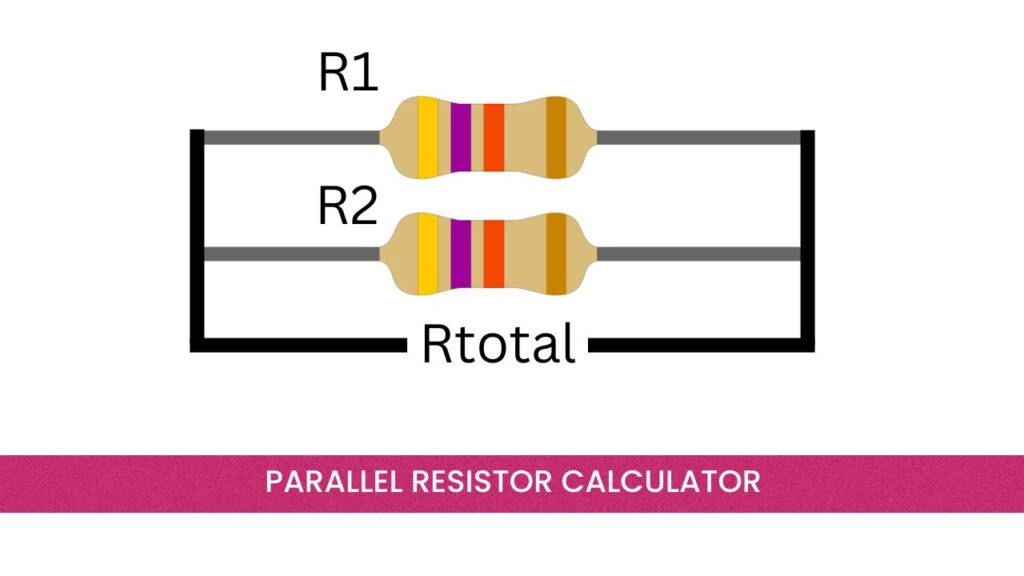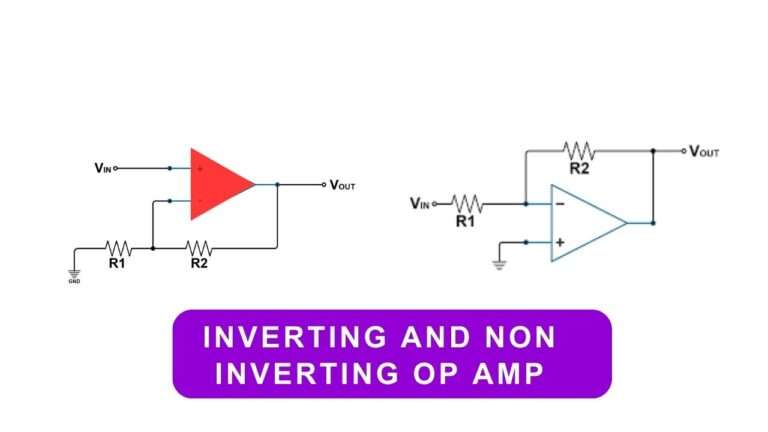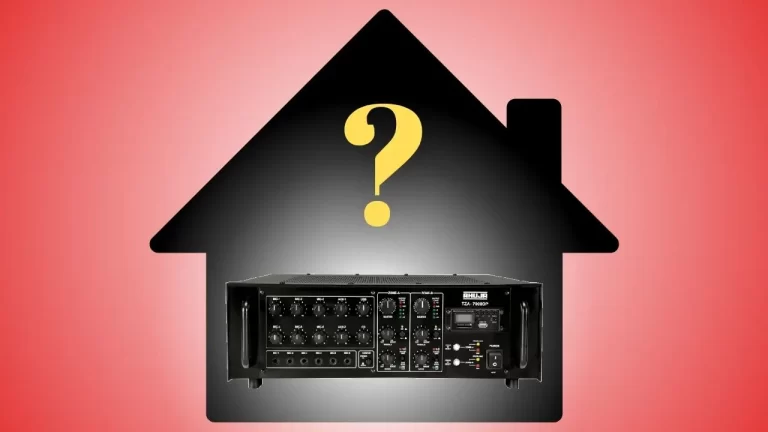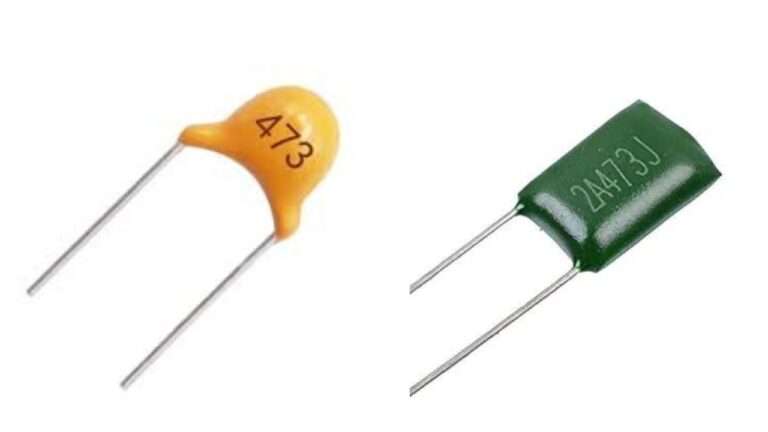Easily calculate parallel connected resistors resistance using this online parallel resistor calculator. You can calculate up to 10 resistors parallel circuit resistance at a time. Find the correct resistor code values and enter them into the parallel resistance calculator box given below. If you are difficult to check the resistor value please check the online resistor color code calculator. The resistor color code link is given below.
Also Check : Resistor color code calculator
( You can even enter the total resistance Rtotal and one known resistance R1 or R2 ).
Calculate Multiple Resistor in Parallel Calculator
Please enter multiple number of parallel resistors (in ohms) to calaculate the parallel resistance
The Resistor
Resistors are tiny electronic components that are very familiar to most people, whether electronics hobbyists or not. People who are not interested in electronics also see resistors in many printed circuit boards. So I hope you know something about resistors, okay? Now, let’s go to the main topic: the parallel connection of a resistor. Why do you need a parallel connection? So before we talk about parallel connections, let’s share the basics.
The resistor is made with semi-conductor material, which will resist the passage of current from one terminal to the other terminal. It has only two terminals. The resistance of the resistor is denoted by the color code on the resistor itself. The color of the ring on the resistor changes the resistance value. The high value means the highest resistance to the potential current. It is very difficult to pass through it.
Resistors in Parallel Connection
The resistor is in parallel connection means, that 2 or more resistors are connected to both ends at the same orientation or parallel to each terminal. To find whether the resistors are in parallel or series connection easily? If the resistors are connected end to end each other like train bogies, is known as a series connection. Now it is very clear to understand.
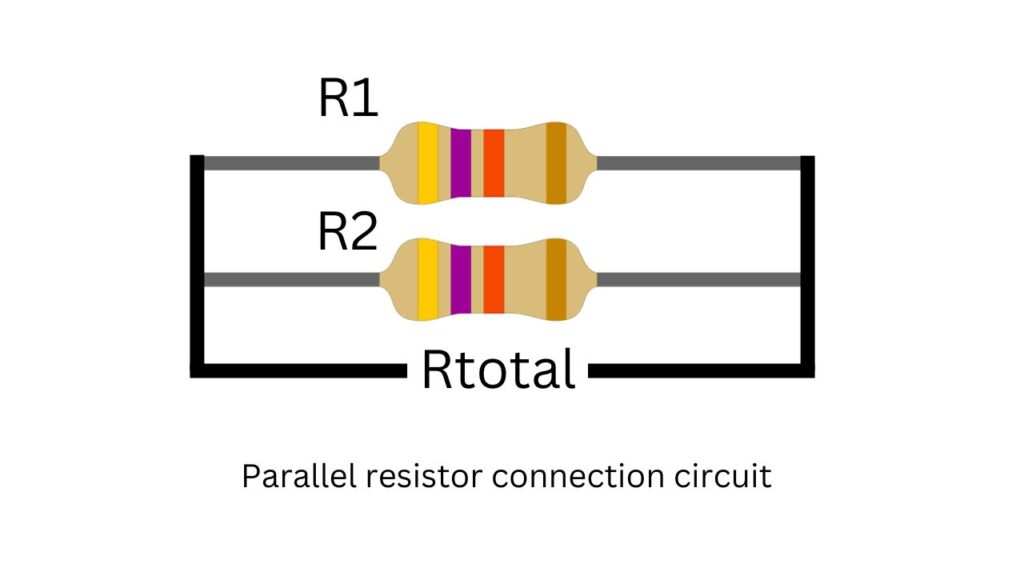
If you are connecting many resistors all connecting in parallel, the total resistance of the resistor will always be less than the smallest resistor value. As per the equation,
P =VI and The resistor in parallel has the same voltage across them at all times. But the changing factor is the current flow through it. Many resistors connect in parallel the tiny current flows through each of the transistors making a huge current reviving at the other end.
Example: You have a 10v battery and a 1K resistor. You put the resistor on a series connection with battery poles, and by measuring the current flow it shows 1mA. If you put a 10K resistor parallel to the 1K resistor the current flow will not change across the battery and circuit. However, the 10 K resistor draws only 0.1mA current across the battery. From the equation V =IR, it’s common for all electronic devices. The voltage, current, and resistance are also correlated with each other.
Resistor in parallel calculation
The two resistors are connected in parallel R1 and R2, then the equation to calculate the parallel resistance of the resistor is,
1/Rtotal = 1/R1+1/R2
Solving the formula to obtain the formulas
Rtotal = ( R1*R2 )/(R1+R2)
To obtain the value of R1 then the formula will be
1/Rtotal = 1/R1+1/R2
Rtotal*R1*R2 {1/Rtotal = 1/R1+1/R2]
R1*R2 = Rtotal*R2+Rtotal*R1
R1*R2-Rtotal *R1 =Rtotal * R2
R1(R2-Rtotal) = R2*Rtotal
So, R1 = R2*Rtotal / (R2-Rtotal)

